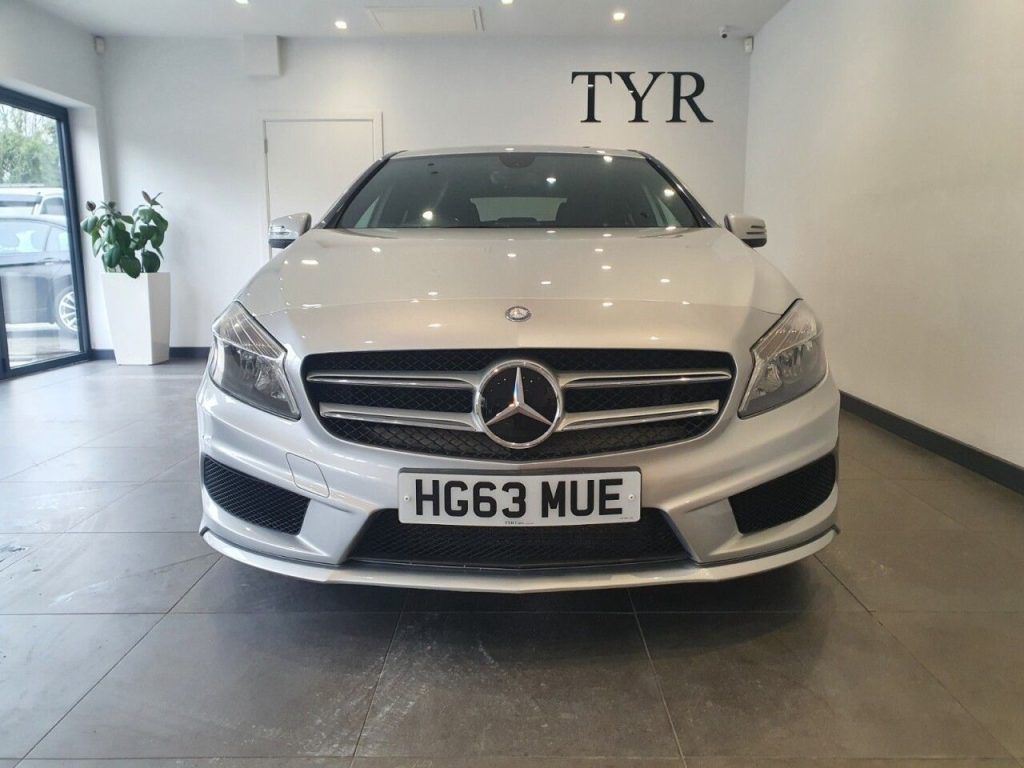While looking over a vehicle, there are many things to look for. Two pairs of eyes are always preferable to one, so it is a good idea to bring someone with you. Visit the vehicle in broad daytime as well, where blemishes like dents and marks are easily seen. To guide you through it, use the following checklist. To be sure you are getting the best deals, it’s recommended to purchase the used cars Cornwall from a reputable dealer like TYR Car Sales.

Paperwork
- To ensure the seller is the owner in a private transaction, confirm this. Request a copy of their license, then check the information on it against the application documents.
- Look at the vehicle’s compliance mark, which is ordinarily located on the firewall that separates the interior of the vehicle from the engine compartment.
- Compare the VIN number, manufacture date, engine number (which is written on the engine itself), and license plate numbers to those on the registration documents. If any of the data does not correspond, request an explanation. It could imply that the vehicle has been stolen or that the engine has been changed without informing the registry authority.
- A proof of roadworthiness may be required; confirm this. In some jurisdictions, the vendor must offer it.
Outside
- Look for any bubbles or color variations in the paintwork that might point to rust or an accident. The magnet won’t stick to body filler, so use a fridge magnet to examine any suspicious areas.
- It can be possible to tell if a vehicle has been in an accident by looking at panels that don’t seem to fit right and by the way the doors, the boot, lid, and windows operate.
- Make sure there is enough tread on all of the tires, including the spare, and that the deterioration is even (which can show a problem with the steering or suspension).
- For oil leaks, look underneath the vehicle.
In the engine bay
- Analyze the probe. There could be severe engine issues if the oil is milky or grey.
- When checking the coolant, remove the radiator cover. Both the color and cleanliness should be vibrant. A severe engine issue could also be indicated by coolant with oil in it.
- Verify for corrosion and other damage on the radiator cooling fans, the battery, and the base that holds it.
Inside
- Verify the condition of the rugs, upholstery, and trim.
- The state of the seatbelts should be checked.
- Examine the chairs to see if they are still comfortable.
- Check to see if all of the lights, tools, and extras (such as the vehicle radio, air conditioning, power windows, wing mirrors, spare tire, and central locking) are present and functioning.
- Check the boot and, if at all feasible, look for rust under the carpet.
- Verify the state and location of the toolkit and the jack.
- If necessary, request the security PIN for the vehicle radio.
The motor to start
- Open the bonnet, turn the key, and let the motor idle.
- When starting the car or leaving it idle, keep an eye out for exhaust vapors.
- The need for a new muffler and excessive exhaust sounds can both be caused by rust.
- Any engine rattling, knocking, or unusual sounds should be heard.
- Try to spot any leaks’ indications.
- Fumes may be an indication of engine issues, so remove the oil filler lid.
A journey
- Take the automobile for a test drive, ideally on empty roads where you can focus on the vehicle rather than on the surrounding traffic. Take your time; a quick lap around the block won’t do. Make sure the vehicle is properly insured before you drive it.
- As you cruise, accelerate, and decelerate on level and incline roads, pay attention to how the engine responds.
- It should be easy to shift between all speeds.
- Keep an eye on the temperature gauge while watching the dashboard for any warning signs.
Driving over speed bumps is an excellent way to listen for body noises like rattling or any other kind of noise. - Uphill acceleration is an excellent way to check for smoke coming from the exhaust.
- A maximum of 5 centimeters of play is acceptable in the steering wheel.
- You can check for misaligned steering or a faulty suspension by letting up on the steering wheel while driving straight and observing whether the vehicle pulls to one side.
- Frequently inspect the brakes (checking for traffic behind you first). The vehicle shouldn’t veer to one side, and the brakes should feel firm.
How well can you see the back? The IAG Reversing Visibility Score will be beneficial.